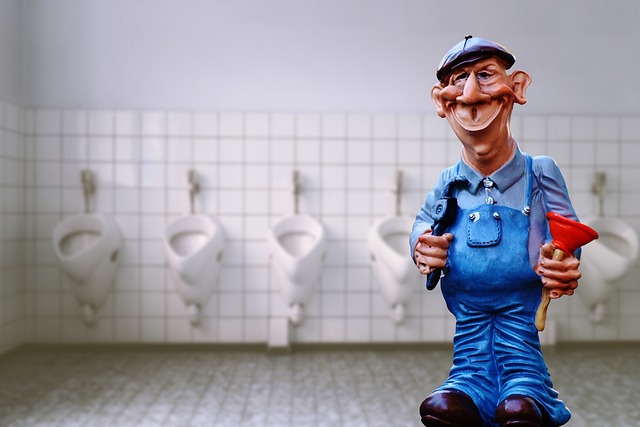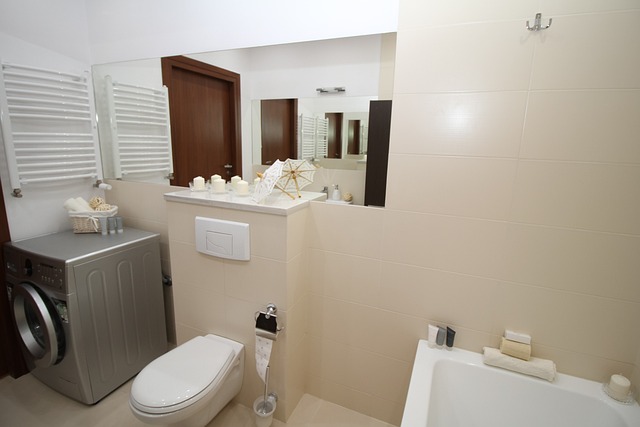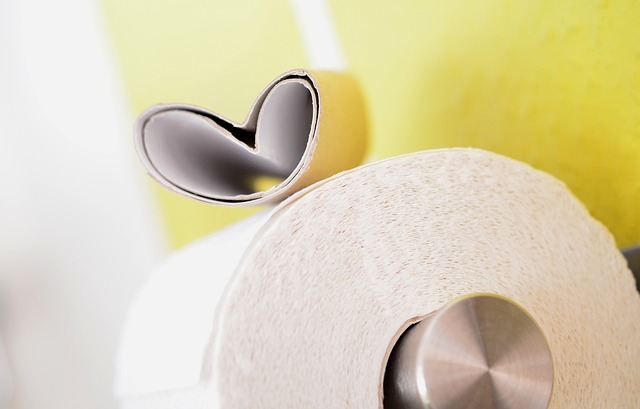To unclog a toilet effectively, first assess symptoms like rapid water rise, unusual noises, or slow/no filling after flushing. Determine if the clog is partial (addressable with plungers or chemical cleaners) or complete (potentially requiring professional plumbing help). Use a systematic approach: observe visible signs, use suitable tools like plungers or snakes, and try natural remedies like vinegar and baking soda for milder clogs.
Are you tired of dealing with stubborn toilet clogs? Plungers can be a last resort, but there are clever hacks that might surprise you. Before reaching for a plunger, understand different clog types and diagnose the issue. We explore five natural unclogging methods using simple household items like baking soda and vinegar. Learn when a plunger is truly necessary and discover techniques to conquer even the most stubborn clogs effectively. Discover these tips and say goodbye to toilet clogs once and for all!
- Assessing the Clog: Identify the Problem
- – Recognizing different types of clogs
- – Tools for basic diagnosis
Assessing the Clog: Identify the Problem

When faced with a stubborn toilet clog, the first step is to assess the problem accurately. Start by observing the water level in the toilet bowl—if it’s rising rapidly during flushing, it indicates a partial clog. Next, listen for unusual noises like banging or gurgling; these sounds can offer valuable clues about where the blockage lies. Check if the toilet is filling slowly or not at all after each flush, as this points to a more severe clog further down the drain. Understanding these signs will help you decide on the next course of action, whether it’s reaching for a plunger or exploring other unclogging hacks.
– Recognizing different types of clogs

When it comes to tackling a stubborn toilet clog, the first step is recognizing the type of blockage you’re dealing with. Not all clogs are created equal—they can range from partial obstructions causing slow drainage to complete blockages that render the toilet completely non-functional.
A partial clog might be caused by something as simple as toilet paper excess or foreign objects like cotton swabs or feminine hygiene products. These can often be cleared with basic tools like a plunger or a chemical drain cleaner. In contrast, a complete blockage may indicate a more severe issue, such as tree roots infiltrating the pipes or a broken pipe within the walls. Such cases might require professional plumbing intervention to prevent further damage.
– Tools for basic diagnosis

When faced with a stubborn toilet clog, the first step is to diagnose the issue accurately. Fortunately, there are some basic tools and techniques that can help you determine the cause. Start by checking the visible signs—is it a partial clog that allows water to flow over the top or a complete block that prevents any water from moving? Next, use a plunger. A standard plunger can dislodge clogs caused by built-up toilet paper, hair, or other soft debris. For more complex obstructions, consider using a plumbing snake or auger, which is a flexible metal cable that can break up and remove hard-to-reach clogs. Additionally, a good old vinegar and baking soda mixture can be effective in dissolving certain types of clogs, offering a natural alternative to harsh chemicals.
Unclogging a toilet can be a common household challenge, but with these five clever hacks, you’re equipped to tackle any stubborn clog. By understanding different types of clogs and utilizing the right tools, you’ll become a master at how to unclog a toilet quickly and effectively. No more desperate plunging or calling in the experts; these simple solutions will leave your bathroom sparkling and functional once again.
